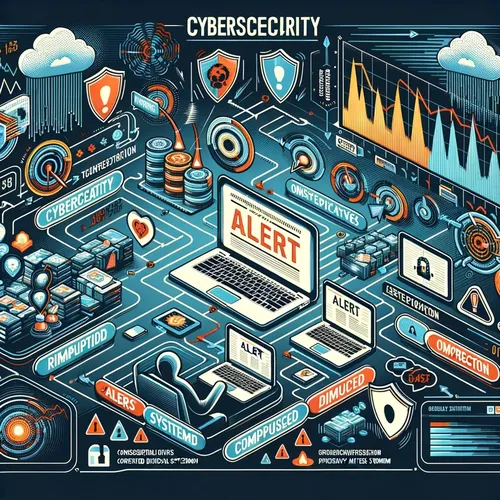China's Hacking Glow-Up: Beijing's New Cyber Army is Eating America's Lunch
- Author
- Quiet. Please
- Published
- Fri 18 Jul 2025
- Episode Link
- https://www.spreaker.com/episode/china-s-hacking-glow-up-beijing-s-new-cyber-army-is-eating-america-s-lunch--67031018
This is your Red Alert: China's Daily Cyber Moves podcast.
Hey listeners, it’s Ting here—your cyber hypewoman and tracker of all things China, hacking, and global digital drama. Strap in, because the last few days of Chinese cyber activity have been a tech showdown so wild, even the folks at CISA and FBI are reevaluating their playbooks.
Yesterday, a detailed analysis from SentinelOne’s Dakota Cary made it clear: we’re living through China’s golden age of hacking. Why golden? Because Beijing is no longer relying solely on its cloak-and-dagger intelligence units. Now, private industry hitters—think companies and freelancers with government blessing—are actively hunting US networks. This isn’t your 2015 script-kiddie nuisance. We’re talking mature threats, blending espionage, sabotage prep, and, yes, a massive expansion in the number and variety of US targets.
In just the past year, hacks detected by CrowdStrike jumped from around 150 to over 330—and they’re still climbing. There’s a grim new theme: once inside, these operatives are sticking around, making themselves at home, and disguising their moves as legitimate US network traffic. It’s like if you caught a burglar eating cereal in your kitchen, but the Nest Cam’s convinced he’s your cousin.
Let’s drop into the timeline. This week, Salt Typhoon—a Chinese state-sponsored group—hit vulnerable network edge devices globally, but with a pointed impact on American telecom infrastructure. Recorded Future spotted Salt Typhoon probing, then exploiting old vulnerabilities in routers and switches, like those riding on Comcast’s backbone. Their real targets? The everyday devices of you and me, and the specialized gear that could, in a crisis, disrupt command and communications for the US military or even your family’s phone calls.
Meanwhile, CISA is sending emergency alerts to telecoms and critical infrastructure operators, warning about new threat signatures and urging immediate patching. It’s not just telecom: Chinese crews, including Volt Typhoon, have dug into power grids, water systems, and cloud providers. A CISA spokesperson reminded us that the threat is persistent, rapidly evolving, and laser-focused on the foundation of America’s critical infrastructure.
On Capitol Hill, Senator Tom Cotton just called out Microsoft for using “digital escorts” from China to supervise software updates on Defense Department systems. According to a recent ProPublica report, these escorts don’t always have the training to spot rogue code—meaning a supply-chain risk some describe as ‘nightmare fuel.’
Here’s what’s next. If China decides to tip the scales—whether over Taiwan, the South China Sea, or just to flex—they now have embedded positions to hit US command, control, and infrastructure in ways that could force escalation or, worse, paralyze emergency response before a bullet is fired.
Defensive moves listeners need to take now: patch anything with an internet connection (especially routers and IoT devices), audit and hunt for suspicious logins or phantom accounts, and double-check your supply-chain dependencies. CISA is advising everyone from city utilities to Fortune 500s to operate with a “shields up” mindset. Assume the breach and build from there.
Listeners, high stakes and higher drama—thanks for tuning into this cyber red alert. Make sure you subscribe so you don’t miss a byte. This has been a quiet please production, for more check out quiet please dot ai.
For more http://www.quietplease.ai
Get the best deals https://amzn.to/3ODvOta
